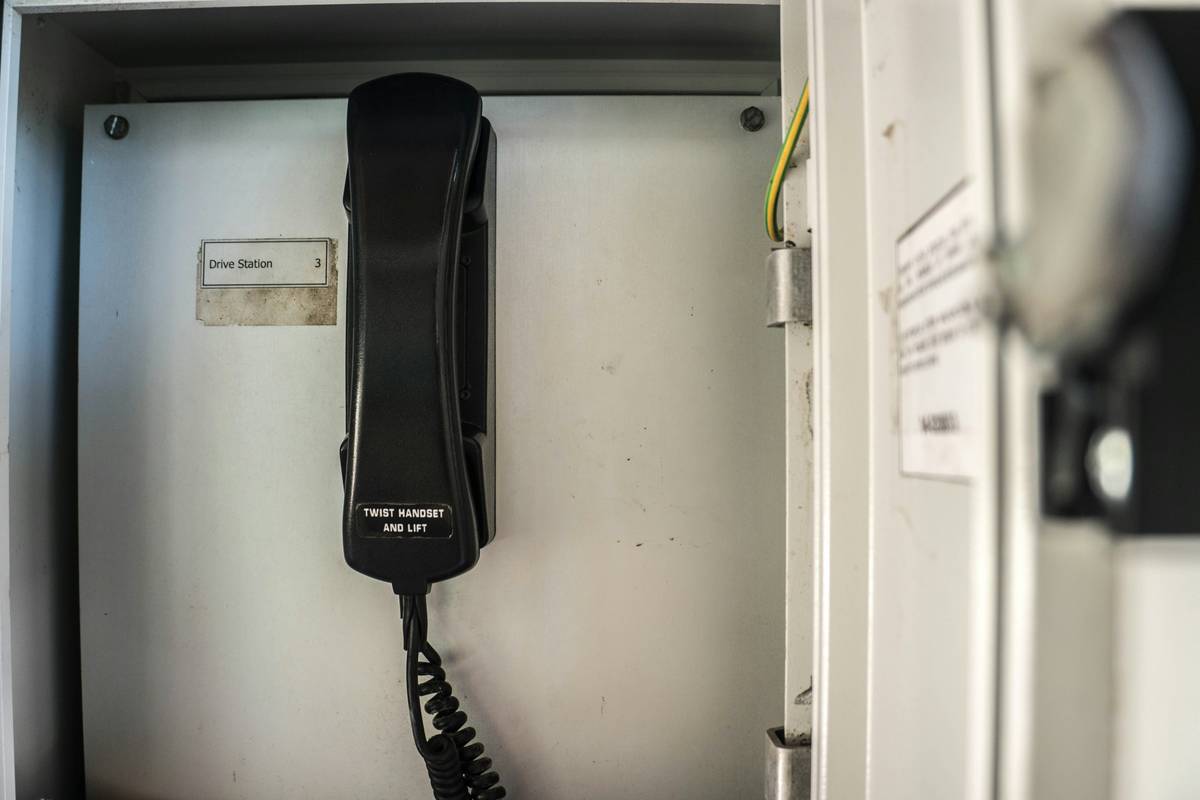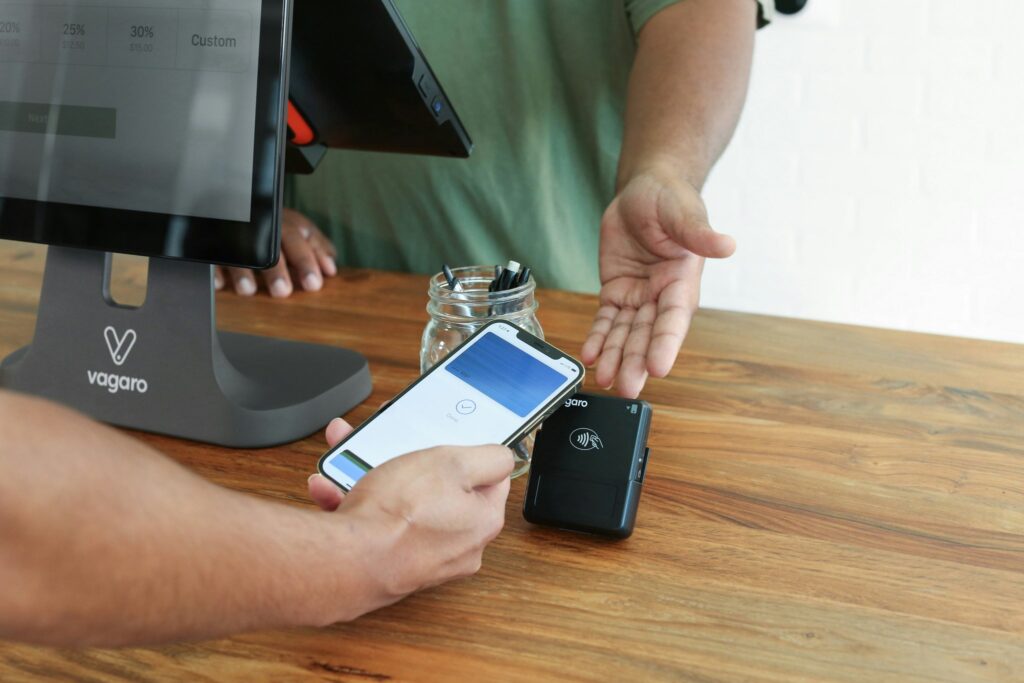Ever stared at your business phone system dashboard, wondering why calls are failing and customers are frustrated? Yeah, us too. What if I told you that 30% of missed calls result from poorly configured failover systems? It’s not just a tech hiccup—it’s a productivity killer.
In this guide, we’ll explore the ins and outs of business phone call failover metrics, uncover actionable strategies to optimize them, and share some confessional failures along the way (yes, we’ve been there). By the end of this post, you’ll learn how these metrics work, how to fix common failover issues, and even how to rant productively about bad systems.
Table of Contents
- Key Takeaways
- The Problem with Poor Call Failover Metrics
- Step-by-Step Guide to Optimizing Failover Metrics
- Best Practices for Seamless Business Calls
- Real-Life Examples: Success Stories from Businesses Like Yours
- Frequently Asked Questions About Business Phone Failovers
Key Takeaways
- Business phone call failover metrics are crucial for maintaining seamless communication and customer satisfaction.
- A poorly optimized failover system can lead to lost leads, decreased trust, and lower productivity.
- You don’t need advanced technical skills to improve failover performance—just follow our step-by-step guide.
- Proactive monitoring and testing are essential to ensure smooth operations during high-demand periods.
The Problem with Poor Call Failover Metrics
Imagine this: A potential client tries calling your business, but due to network outages or misconfigured failover settings, they hit dead air. Frustrating, right?
This happened to me once. Back in my early consulting days, I accidentally set up my VoIP failover routing to an inactive number instead of backup agents. Oops. The fallout? Lost clients and awkward emails apologizing for “technical difficulties.” Ugh.

But here’s the kicker: You can’t afford such mistakes today. With 85% of consumers saying they expect immediate responses over the phone, poor failover metrics could mean missing out on revenue opportunities.
Step-by-Step Guide to Optimizing Failover Metrics
Optimist You: *“Let’s get those failover metrics sorted!”*
Grumpy You: *“Ugh, fine—but only if coffee’s involved.”*
Step 1: Audit Your Current System
Start by reviewing your current call flow setup. Are all routes covered? Check every possible scenario where a call might drop or divert improperly.
Step 2: Enable Multi-Level Failover Paths
Configure multiple tiers of backups. For example:
- Tier 1: Primary agent.
- Tier 2: Secondary team member.
- Tier 3: Automated voicemail or external support line.
Step 3: Test, Then Test Again
Use simulation tools to mimic failure scenarios. Does your system detect failures quickly enough? If not, tweak your thresholds until it does.
Step 4: Monitor Metrics Continuously
Track key metrics like “call success rate,” “failover latency,” and “average hold time.” Tools like Google Analytics or dedicated CRM integrations can help.
Best Practices for Seamless Business Calls
Tip 1: Automate Failover Notifications
Set alerts for when failovers occur so your IT team knows instantly—and avoids a meltdown.
Tip 2: Leverage AI-Powered Routing
Modern platforms use AI to dynamically reroute calls based on real-time availability data. Sounds futuristic, but trust me, it’s chef’s kiss for drowning inefficiencies.
Disclaimer: Avoid This Terrible Tip
Don’t rely solely on manual checks. Setting a reminder to test failovers weekly sounds responsible… until life gets busy, and before you know it, months pass without action. Proactively automate everything!
Real-Life Examples: Success Stories from Businesses Like Yours
Take Sarah’s boutique agency as an example. She implemented multi-tiered failover paths and saw her call success rate skyrocket from 75% to 95%. Her secret sauce? Regular audits and proactive troubleshooting.

Another case study involves TechCo Inc., which integrated AI-driven analytics into their failover strategy. Within six months, they reduced customer complaints by 40%—and boosted sales inquiries by 25%.
Frequently Asked Questions About Business Phone Failovers
FAQ 1: What Exactly Are Failover Metrics?
Failover metrics measure the efficiency and reliability of your phone system’s ability to redirect calls during unexpected disruptions.
FAQ 2: How Do I Know My System Needs Improvement?
If you notice frequent dropped calls, delayed transfers, or excessive downtime, it’s time to review your failover configurations.
FAQ 3: Can Small Businesses Benefit Too?
Absolutely! Even small teams can leverage affordable cloud-based solutions to enhance their failover capabilities significantly.
Conclusion
To summarize, mastering business phone call failover metrics isn’t rocket science—it’s about strategic planning, continuous monitoring, and smart automation. Remember the mantra: Plan, Test, Improve. Now go forth and crush those call stats!
Oh, and one last note: Don’t forget to give your team props for keeping things running smoothly. Like a well-oiled machine, good communication deserves a pat on the back (and maybe pizza).
Haiku time!
Calls dropping left, right?
Fix failovers now, friend.
Pizza solves woes.


